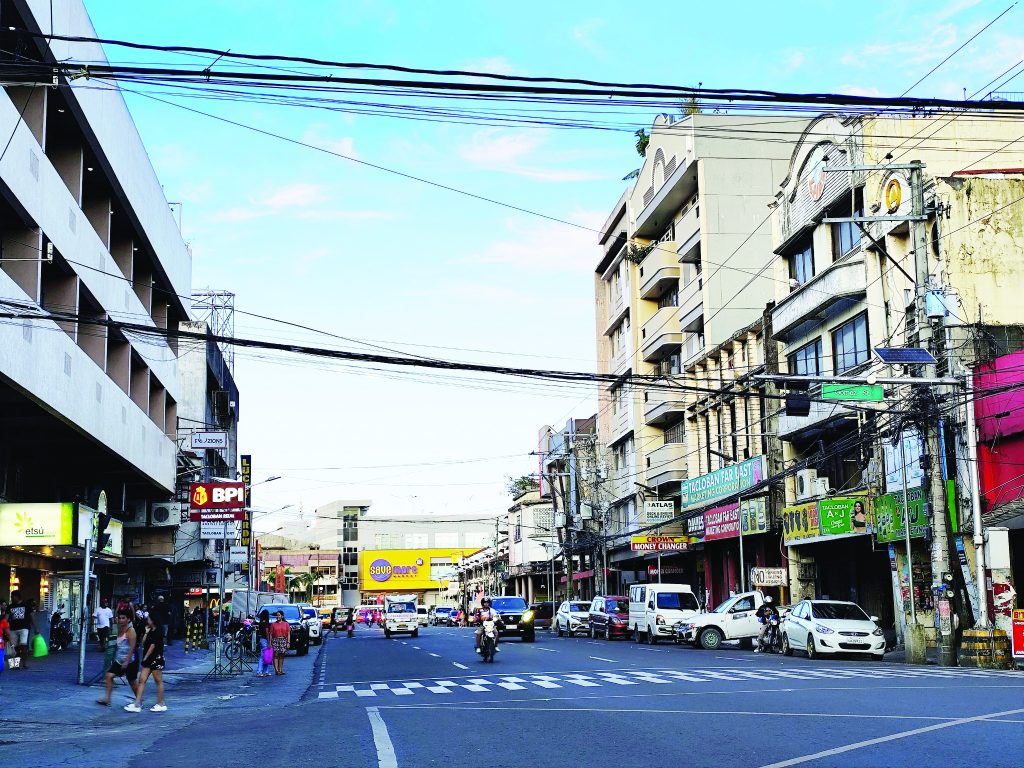To address garbage woes

TACLOBAN CITY – With the growing volume of both household and commercial waste, the city government is considering a new approach to waste management.
Jonathan Hijada, chief of the City Environment and Natural Resources Office (CENRO), revealed that the city’s current sanitary landfill is projected to reach full capacity by next year.
Built in 2019 at a cost of more than P86 million, the existing facility was initially expected to last for at least 10 years.
Currently, the city collects between 100 and 147 tons of waste daily.
To address this issue, Hijada said they are planning to present the use of plasma technology to City Mayor Alfred Romualdez, while still operating the sanitary landfill located in Barangay San Roque, which is about 13 kms away from the city proper.
“Our current landfill is expected to be full by mid-December next year, so we would need to establish another landfill, at least half a hectare in size, to manage the increasing waste volume,” Hijada said in a media interview on Monday, November 18.
However, given the rising daily waste collection, Hijada emphasized the city’s interest in adopting plasma technology alongside the existing landfill.
Plasma technology is an advanced method of waste management that uses extremely high temperatures to break down waste materials, significantly reducing waste volume into ash. Unlike incinerators, this method is more environmentally friendly, the CENRO officer said, as it would not use any fire to burn the waste materials.
Though plasma technology offers significant environmental benefits, Hijada acknowledged that it is costly, with an estimated price tag of up to P150 million.
“That’s why we’re seeking approval from Mayor Romualdez,” he explained. “However, in the long run, it will be more cost-effective for the city.”
One of the major advantages of plasma technology is its long lifespan of at least 30 years, which would eliminate the need for the city to purchase additional land for a new sanitary landfill.
“All we would need is a machine that occupies just 1,000 square meters, and it would serve us for 20 to 30 years,” Hijada added.
Moreover, plasma technology can reduce waste by 97%, leaving only about 3% of the materials to be disposed of in the landfill.
Hijada also appealed to the public to practice proper waste segregation to help ease the burden on waste management efforts.
JOEY A. GABIETA



